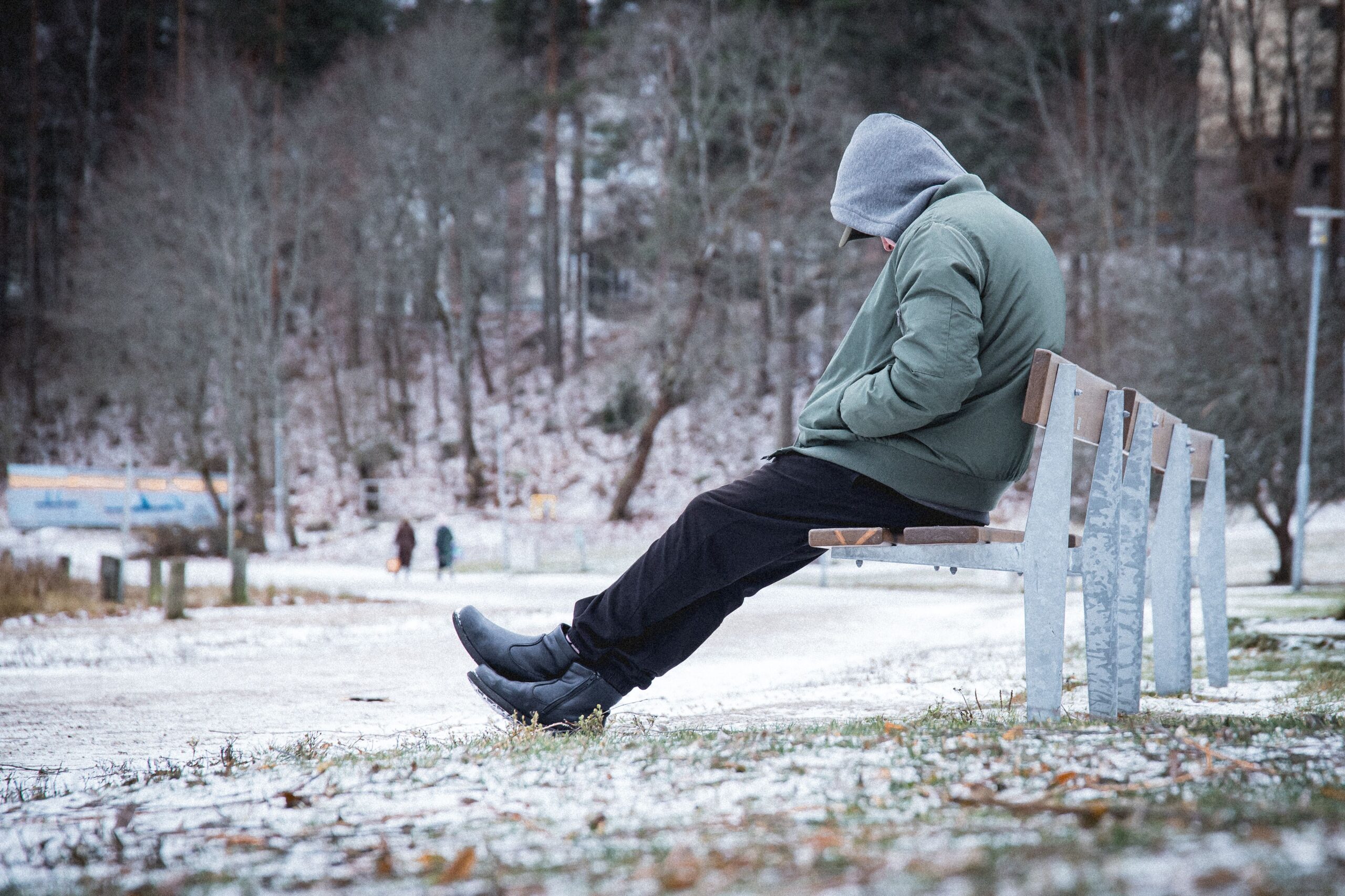When we think of seasonal depression, often called Seasonal Affective Disorder (SAD), the image that typically comes to mind is someone struggling through the short, dark days of winter. While it’s true that SAD is most commonly associated with the winter months, it’s a misconception that seasonal depression only occurs during this time. Surprisingly to some, seasonal depression can also manifest in the summer, affecting individuals in unique ways distinct from its winter counterpart.
Understanding Seasonal Affective Disorder
Seasonal Affective Disorder (SAD) is a type of depression that’s related to changes in seasons. For most people with SAD, symptoms start in the fall and continue into the winter months, sapping energy and making them feel moody. However, a lesser-known form of SAD occurs during the summer months. This condition, sometimes referred to as summer-onset depression or summer SAD, is equally challenging and valid.
Winter vs. Summer Seasonal Depression
Winter SAD is characterized by oversleeping, appetite changes (especially a craving for foods high in carbohydrates), weight gain, and a lack of energy. These symptoms can be attributed to the reduced level of sunlight in fall and winter, which is thought to affect the body’s internal clock (circadian rhythm), leading to feelings of depression.
Summer SAD, on the other hand, presents differently. Symptoms can include trouble sleeping (insomnia), poor appetite leading to weight loss, agitation or anxiety, and episodes of violent behavior. The exact cause of summer SAD isn’t well-understood, but theories include too much sunlight, increased heat and humidity, and changes in routine during the summer months.
Debunking the Myth
The notion that seasonal depression only occurs in winter is a myth that needs debunking. Recognizing that SAD can also strike in the warmer months is crucial for those who experience a shift in their mood, energy levels, and overall well-being during the summer. This awareness ensures that individuals can seek the appropriate support and treatment, regardless of the season.
Treatment and Coping Strategies
Treatment for SAD, whether it occurs in winter or summer, may include light therapy (phototherapy), psychotherapy, and medications. For summer SAD, spending time in air-conditioned environments, maintaining a regular schedule, and practicing stress management techniques such as mindfulness or meditation can also help alleviate symptoms.
Additionally, staying connected with friends and family, engaging in regular physical activity, and seeking professional help when symptoms are severe are essential strategies for managing seasonal depression, irrespective of the season.
Seasonal Affective Disorder is a complex condition that can affect individuals in both the winter and summer months. Understanding that SAD is not limited to the cold, dark days of winter is essential for recognizing and addressing the symptoms of this form of depression year-round. If you suspect you or someone you know may be experiencing SAD, regardless of the season, it’s important to reach out for professional help. With the right support and treatment, it’s possible to manage the symptoms of seasonal depression and enjoy every season to its fullest.

